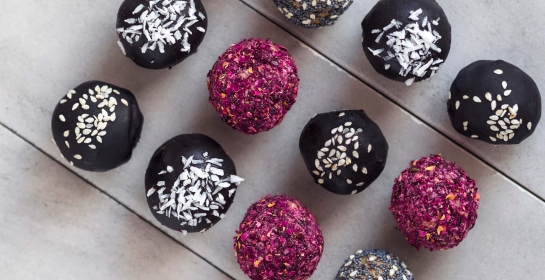Permissible indulgence repositions consumer favorites
Our extremely connected and increasingly fast-paced lifestyles is having an impact on the way consumers collectively feel. This leads them to depend on the occasional pick-me-up or indulgent treat to boost their mood. However, the choice of the food or beverage determines whether the indulgence comes at a cost. The trend of ‘permissible indulgence’ is changing that approach from the occasional super indulgent treat to a more habitual smart consumption.
All this also comes together during the clean-label movement, where consumers can see what is, or isn’t, in what they want to eat or drink. And they are reading labels: 90 percent of adults consider their overall lifestyle to be healthy, with 30 percent viewing their lifestyle as very healthy (the remaining 60 percent of those come in at the somewhat-healthy mark), according to Mintel Healthy Lifestyles – US, August 2017.
Long story short, consumers want permissible indulgence, a trend that marries a healthy lifestyle with snacks that are indulgent but don’t wipe out a week’s worth of gym time. An example of this type of tweaked flavor delivery is ice cream with added protein and unique flavors, which creates a treat or reward in a guilt-free package.
The permissible indulgence trend is spreading over a wide variety of food and beverage categories. While alcohol consumption is typically not in pursuit of health, flavors that suggest indulgence provide opportunity in other products, for instance, alcohol flavors are turning up in everything from chocolates to coffees and cooking sauces.
Consumers want balance, and here’s how to create products that provide it:
- Begin with tasteful and indulgent flavors, add nutritional ingredients where possible
- Create smaller, “bite-sized” portions
- Include clean-label content standards such as: natural flavors, natural ingredients, GMO-free, organic and allergen-free
Permissible indulgence encourages mindfulness around the choice of food and beverages. A consumer who is focused on healthy living understands the value of a small package or the controlled portion of a favorite treat. Innovation, especially around snacks is taking them from a “forbidden fruit” place to a much more desirable market position for fitness-minded consumers looking to relieve stress or reward themselves.
